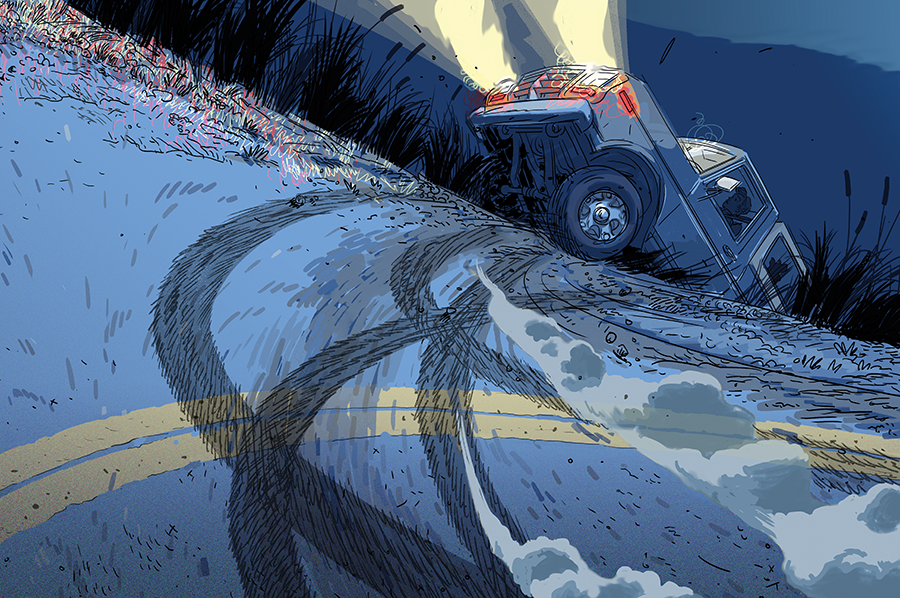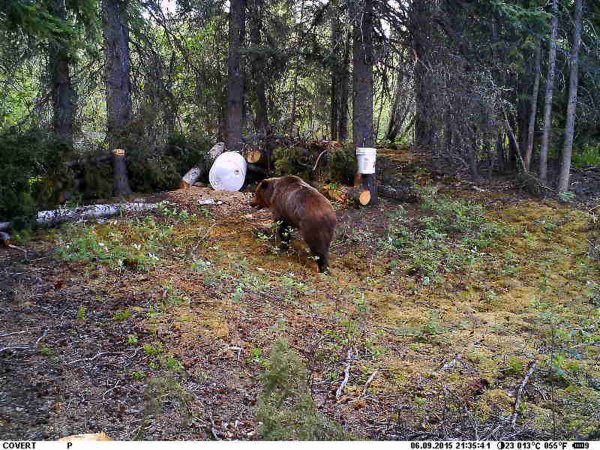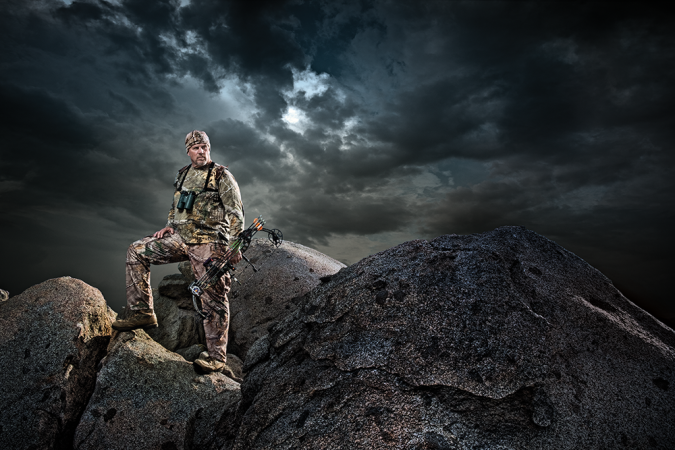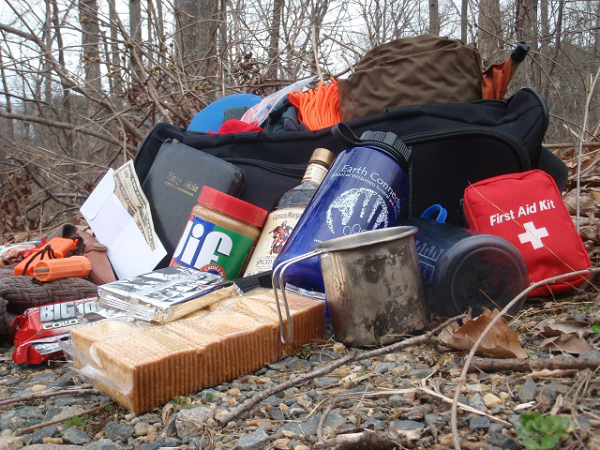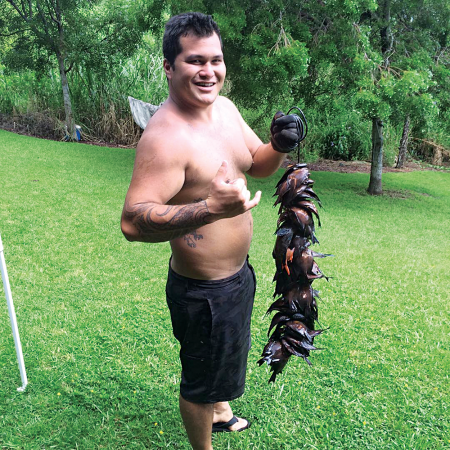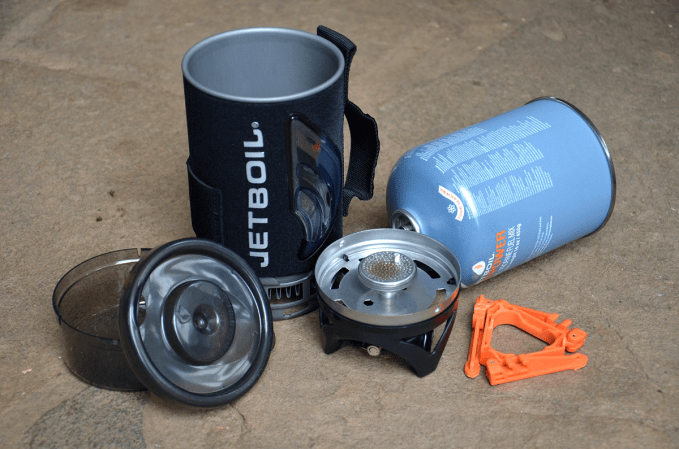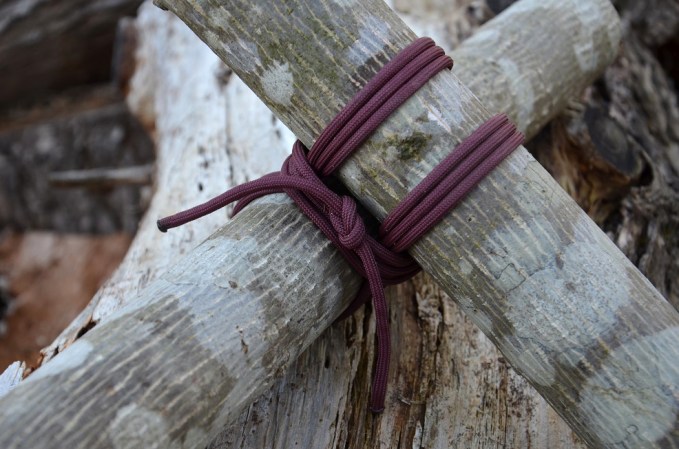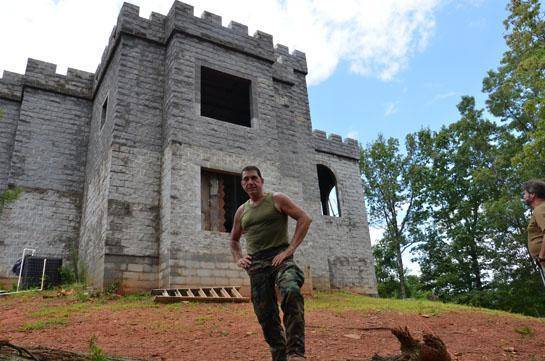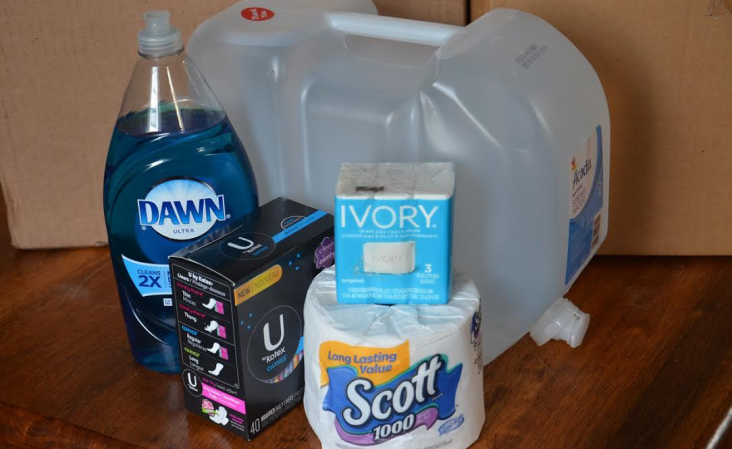It’s the Saturday before Thanksgiving, and I’ve drawn reservation number 1 in the lottery for a duck blind at a decent state wildlife area near Los Banos, California. Gathering my gear around 1 a.m., the day hands me the first of many choices: Which dog will accompany me?
Sky is an 8-month-old male chocolate Lab who I’m trying to give as much real-life experience as possible. Stormy, also a chocolate Lab, is 5 years old, and her experience would come in handy in the thick marsh. Stormy gets the nod.
The weather forecast calls for the possibility of fog, but the drive down Interstate 5 is clear. I stop in Santa Nella for gas and lock Stormy in the camper shell before going inside the station. It’s a habit I started after I met a sad old man long ago in the pheasant fields up by Colusa. He was driving around looking for his German shorthair, which had been stolen from his unlocked camper shell at a café. I shudder to think about what became of that dog. I’ve heard stories of dog-fighting gangs that kidnap dogs to be used for practice.
As I approach the marsh, the fog begins to build. I remind myself to be careful—not even the best day of hunting would be worth an accident—but at a curve I hit a soft shoulder and begin to lose control of the truck. I try to correct but it’s too late, and before I know it I’m in a slide, suddenly trying my best to keep the truck from rolling. With a clang, the back of the pickup goes over a steep bank. The truck slowly slides backward and down, then it seems to splash and become level. There is a series of flashes, clicks, and whirs before all lights and electronics go out. I realize that my truck is now floating. In the dim light I can barely make out that I’m in a large canal. I pray that the water isn’t deep.
Trapped
At first the scene seems peaceful, almost beautiful. My truck floats gently downstream and spins slowly in the current. I snap out of the mesmerizing moment and realize that the truck will soon be underwater. I try to open the door, but it’s locked. The water has shorted the electrical system. I pull up on the door locks and try again but cannot open the doors.
I start going through a mental checklist of things that I could use to break a window. I remember that years ago I received a glass breaker for subscribing to an outdoor magazine. One end of the tool is the breaker, the other a small aluminum flashlight. I had put it in the center console just in case. I clench the tool and give the passenger window a sharp hit, fully expecting the glass to shatter. The breaker merely bounces off. I hit it again with the same result. To increase the force of the impact, I try a two-handed swing, but I only manage to deeply scratch the window.
With each failed attempt, the urgency of my situation builds. Water gathers at my feet. It occurs to me that the rear window might be thinner or weaker. I take multiple swings at it, but the glass doesn’t break. It’s time to try something new. I wonder if the larger muscles in my thighs might be more effective, so I lie down on the seat and try to kick out the driver-side window, but my feet just bounce off. By this point the truck’s exterior is mostly submerged and the water is pushing against the window. The water level in the cab is cresting the seat, and cold water soaks my back and neck. I try to kick out the window for a while longer, but the water rises above my reclined head.
I sit up and brainstorm my next move. My toolbox is behind the seat. If I can reach a wrench or a large screwdriver, either would surely break a window. Although I try to be well prepared, I never anticipated needing to access the toolbox from inside the cab. While I’m wrestling with the seat, the water level rises to my neck. In order to reach the toolbox, I need to hold my breath and dive for it. I go under but can’t pry it loose. I come up for air and go down a second time. In my descent I become aware of various objects floating around me: a squeegee, a foldable windshield cover, a small pillow. The inside of my truck cab has become a giant snow globe and I’m a captive within it.
I try the door handle again to no avail. I continue to try to wrestle the toolbox free, but it can only be removed by sliding it toward an open door. While wrestling with the toolbox, my hand bumps against my fire extinguisher. Because it is made of relatively soft aluminum, it’s not my tool of choice, but I’m running out of time and options. I grasp the handle with my right hand and the cylinder with my left and use it as a battering ram. The extinguisher, too, merely bounces off the glass. The water level has risen so that I’m now swinging the extinguisher underwater. My only hope is to weaken the window through repeated impact. By this time the water level is about 4 inches from the cab ceiling, and I have to gulp air, submerge, and take as many swings as my breath will allow. My fear has grown to the point that it’s now approaching panic. A part of me just wants to give up rational behavior and scream at the top of my lungs.
Hope
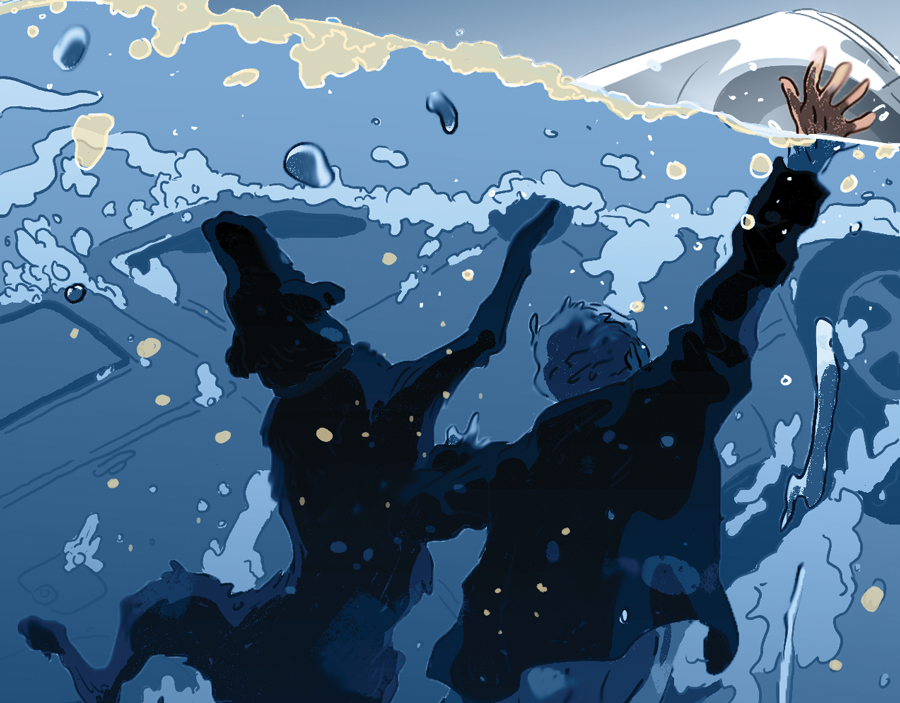
They say that in a near-death experience, your life flashes before your eyes. I believe what causes this is the release of a huge amount of adrenaline and other chemicals. My brain is now operating at a thousand times its regular speed. Every thought I’ve ever had, every feeling I’ve ever felt rushes in. I think of all the people I’ve known, the experiences I’ve had, and the experiences I’ll never have. It takes all of my remaining willpower to shut off the torrent and put those thoughts and feelings aside and concentrate on the task at hand.
After I clear my mind, the next thought that comes to me is a plea: “God, please help me.” An internal voice responds, “You have a little more time. What will you do with it?” I then realize that the water level has stopped rising and is holding at 2 inches from the ceiling of the truck. I respond, “I’m going to try a little harder.” I continue taking gulps of air, submerging, and swinging the fire extinguisher as hard as I can. I do this for probably three or four minutes, though it seems much longer. With each cycle, the air becomes thinner. It’s dark and cold, and I’m exhausted. I’m embarrassed to admit that for a couple of seconds I contemplate giving up. Then I remember that Stormy is under the camper shell having the same experience.
I continue swinging away for another minute or two and suddenly the impact feels different. I extend my left hand and feel a hole in the window. I’m going to live! I use the fire extinguisher to break away the rest of the glass and swim out the window. Once at the camper shell door, I twist the handle and am sickened by the realization that it’s locked. I’ve heard that under extreme conditions the human body is capable of exaggerated strength, and I can now vouch for that. I pry my fingers under the shell door and lift with everything I have. The door locks break like they’re made of cheap plastic. I can hear splashing from under the shell and call for Stormy. She swims out, and to my amazement, she’s clutching a half-filled water jug in her mouth as a flotation device. Stormy has always been a bright dog, but I could never have expected that.
I look around to get my bearings and push off of the truck and swim for shore. I try to climb up the side of the canal but the sides are smooth, wet concrete, sloped at a 45-degree angle. I go back to the truck, sit on top, and rest a while. Stormy has clawed her way to the top of the bank, but when she sees that I can’t make it she comes back to join me at the truck. When she swims alongside, I pull her up and notice that my hands hurt. The tips of my fingers have worn off, I have multiple cuts from ripping the camper shell door open, and there’s a hole in my right palm the size of a quarter. The glass breaker had punched a hole in my hand down to the bone. I can’t feel or move the middle and index fingers on my right hand. When I try to move my fingers, the hole in my palm makes a strange sucking sound, like someone chewing with his mouth open. In all of the excitement I had not felt a thing, but now my hand starts to throb.
Salvation
After 15 minutes, it’s time to again tackle the concrete slope. It is both psychologically and physically difficult to get back into the water, but I don’t have much choice. I try to climb the wall of the canal, but I merely scrape away more of my fingertips and further exhaust myself. I retreat to the relative safety of my truck island to think things through.
The canal sits below the road and is screened by a wall of cattails, so I can’t count on help from a passing motorist. I can’t climb up the sides of the canal with my hands in the condition they’re in. Then I remember that these concrete canals usually have ladders every few hundred yards along their banks. The fog and darkness prevent me from seeing farther than 10 yards. I must wait for better visibility to confirm the existence of a ladder. I had entered the water at approximately 5 a.m. I know that it will be a long and painful wait, during which time I will undoubtedly experience the symptoms of hypothermia.
The hours until daylight are the longest of my life. I spend them kneeling against Stormy to conserve body heat. I realize I need to move my muscles enough to stay warm but not so much that I’ll be tired when I try again to swim to safety.
After what seems like an eternity, the sun begins to peek over the horizon. At about 8 a.m. the fog starts to lift. I strain to look for signs of a ladder. About 60 yards downstream, I see what appear to be steel ladder rungs embedded in the concrete walls of the canal. Farther downstream the canal dead-ends and runs into an underground pipe. About 70 yards upstream there appears to be another set of rungs. A slight breeze is blowing downstream, so the wind and the current suggest that a swim that way would be easiest. But I must be sure. If I swim that way and there is no ladder, I won’t be able to make it back. I force myself to hold off until I’m positive.
As I’m waiting, movement upstream catches my eye. A small flock of blackbirds is drinking along the water’s edge near what I’m hoping are the ladder rungs. I concentrate on the birds and mentally plead for one of them to give me a sign that confirms my hunch. As if on cue, a bird flits up and perches atop a rung one foot above the water.
The news is bittersweet, though. I’m glad for the confirmation, but the thought of getting back into the water is repulsive. Not only will it be cold, but I’m not sure I can even reach the ladder. It’s only 70 yards away, and I’m a certified diver and a decent swimmer, but I’m hypothermic and tired, and my legs are cramping. I start to think that it might be my last swim.
I step down into the water and onto the truck bumper. The cold water takes my breath away. I push off and start to swim. Submerging my head is especially unpleasant, but the fact that the ladder rungs are visible keeps me going. When I reach the ladder I’m too tired to grab the rung just above the water, so I reach for one that I hope is submerged beneath it. When my left hand finds it, I know that the worst is over and that Stormy and I will be okay.
After a few minutes I climb to the top. It feels good to have gravel beneath my feet. I walk downstream toward a turnout on the highway. Along the way I pass Stormy sitting faithfully on the truck. I don’t want her in the vicinity of the highway, so I signal her to stay. I also walk past the location where I thought I had seen ladder rungs downstream; however, there are no rungs, just some expansion joints in the concrete. If I had swum downstream, it would have been a one-way trip.
Epilogue
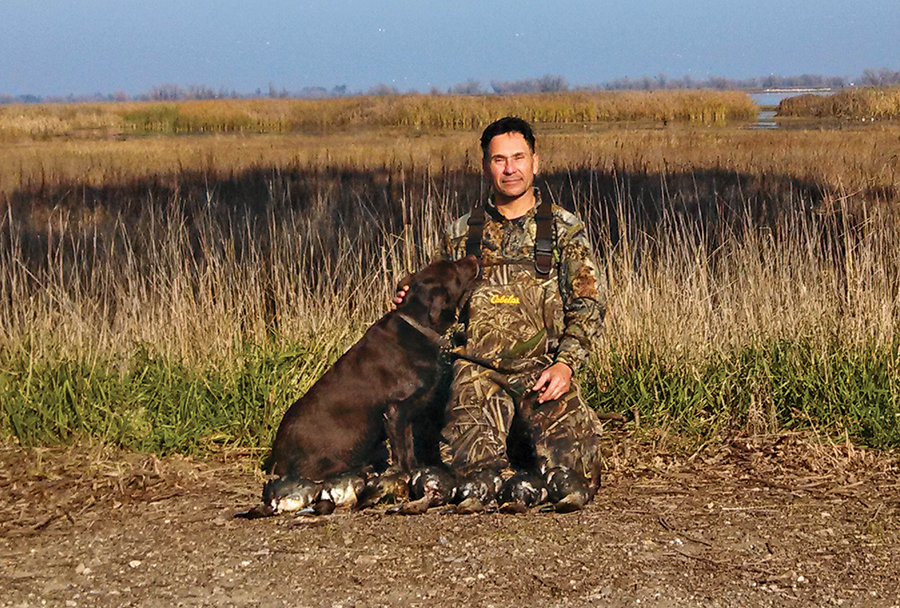
After receiving assistance from both a helpful motorist and the California Highway Patrol, an ambulance ride, and surgery on my hand, I think about everything that happened. I’m still angry and embarrassed about losing control of my vehicle, but I’m pleased with the many little things that went right: I didn’t panic, I went through the proper problem-solving process, I had tools at my disposal, I had some knowledge of canal design, I had good clothing on, I was in decent physical shape, and my dog handled herself well.
At the same time, I know I also had some divine help: Little birds to show me the way and the gift of more time—not just in the submerged truck, but also to live.
Want more surival content? Read on:
Don’t Become a Statistic: The Ways We Die in the Outdoors
There’s no shortage of ways to die in the wild. Indeed, the very possibility that we might not make it home alive adds to the thrill of our pursuits. Here’s a look at some hard data on the ways people die in the outdoors.

Peak Performance: Seven Essential Skills for Staying Alive
One of the nation’s top survival instructors on how to stay alive in the wild.
